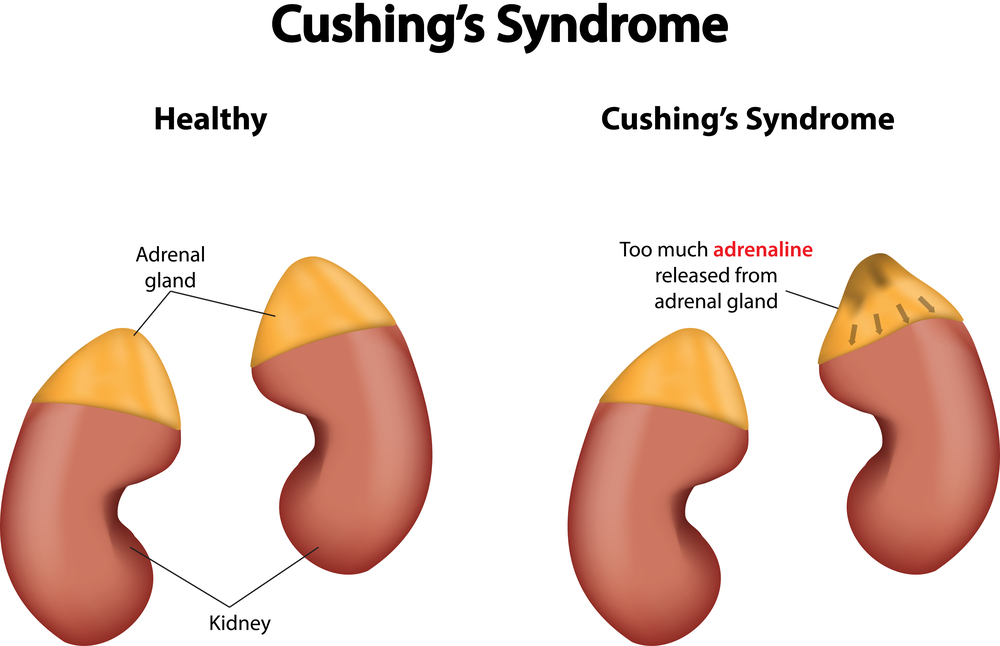

High concentrations of these androgens promote hormonal dysregulation and endometrial dysfunction, which often results in pregnancy complications. About 60%–80% of women with PCOS have exhibited biochemical evidence of hyperandrogenism, with dehydroepiandrosterone-sulfate (DHEA-S) and dehydroepiandrosterone (DHEA) having the highest concentrations. Production of excess androgen also referred to as hyperandrogenism, is a crucial feature of adrenal PCOS and significantly affects the function of the ovaries. However, there appears to be altered LH action and an abnormal selection of a follicle for ovulation due to insufficient FSH stimulation and local inhibition of FSH action. The exact pathophysiology underlying PCOS has yet to be fully understood.

This estrogen then increases the pituitary production of LH and FSH, which induces ovulation. This mature follicle also contains an ovum that can be fertilized after ovulation. FSH induces ovarian follicles to mature and produce estrogen, which then, in turn, causes the proliferation of the uterine endometrium. The pituitary gland produces the luteinizing hormone (LH) and follicle-stimulating hormone (FSH), which regulate menses and ovulation. Ovaries also produce a small number of androgens and release eggs during ovulation, which the male sperm fertilizes. One of the primary roles of these reproductive organs is to produce estrogen and progesterone. A recent study revealed that 70% of women with PCOS are undiagnosed.² ³ ⁴Īs its name suggests, PCOS affects a woman’s ovaries.

PCOS affects up to 20% of women, with 50%–75% not even knowing they have it. PCOS is a hormonal illness that affects women in their reproductive years.


 0 kommentar(er)
0 kommentar(er)
